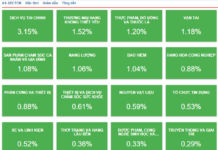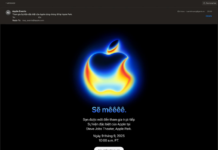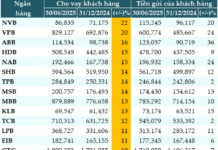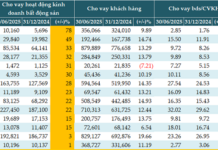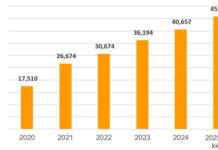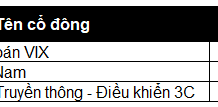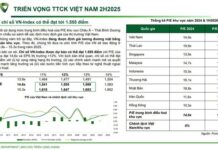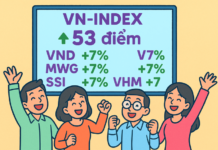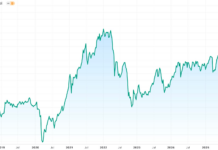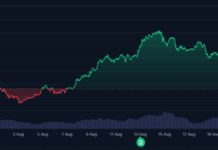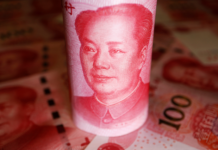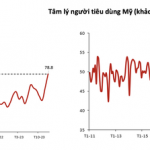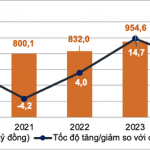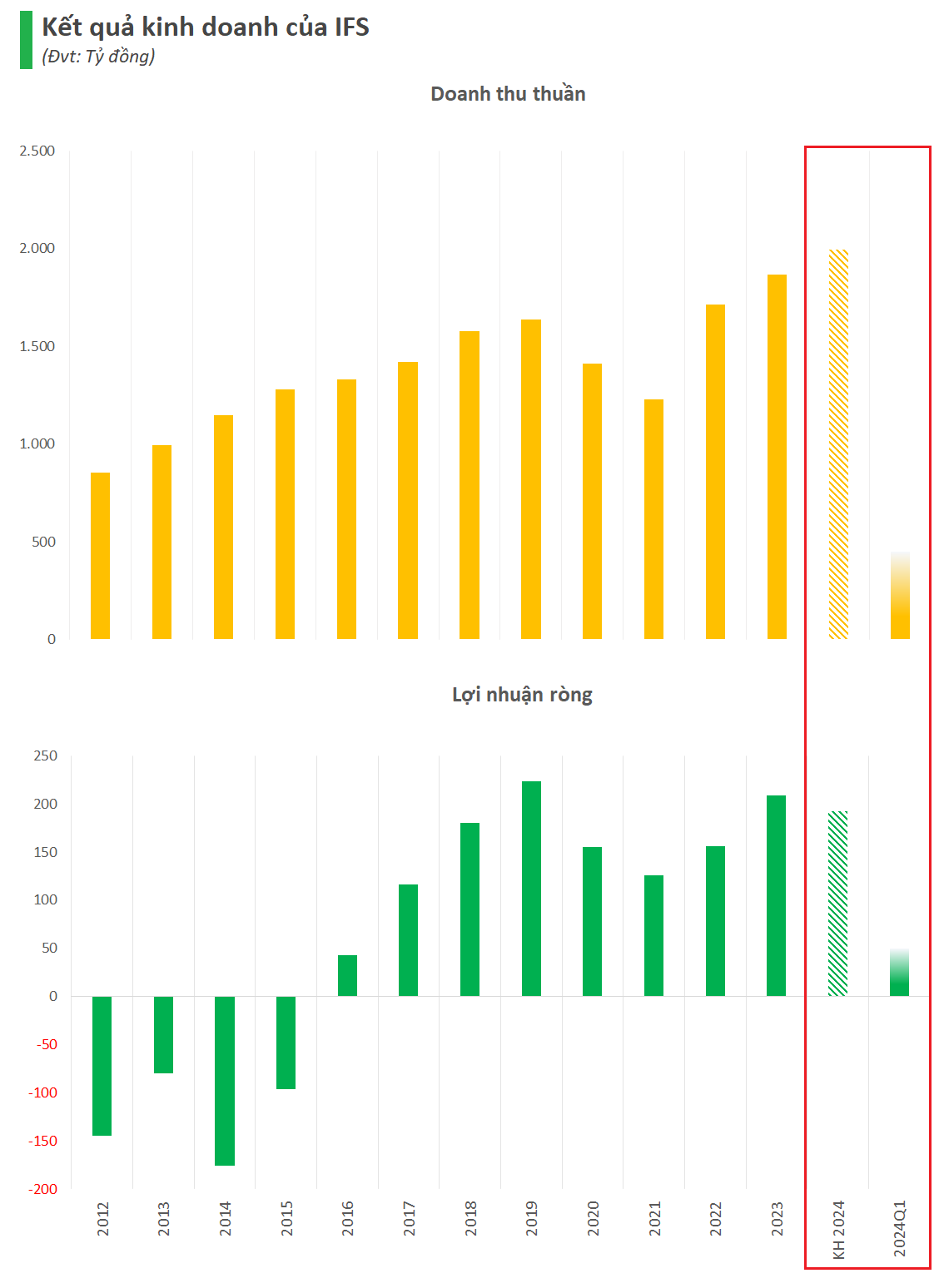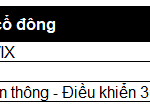If you feel that smartphones these days are boring, you’re not alone. In fact, the entire high-end segment of the smartphone market is stagnant and lacking in competition.
In the past few years, flagship models have only offered minor performance upgrades on old designs, and AI features that are mostly gimmicks. Meanwhile, the mid-range segment has been more exciting and is the more reasonable choice nowadays.
However, most consumers are still willing to spend a large sum of money, even to the point of scrimping and borrowing, to purchase the most expensive and premium smartphones instead of opting for mid-range devices. Where does this mindset come from?

Premium but Boring
The numbers below prove the stagnation and lack of innovation in the premium smartphone segment. In 2023, there were fewer than 500 new phone models launched, but nearly 400 of those were from Chinese brands and mid-range devices from OEM companies, most of which are brands that consumers in North America, Europe, and Australia have never heard of.
Compare this to 2014, when 829 phones were released and companies were fiercely competing in the flagship space. Motorola, LG, Nokia, and Sony went head-to-head with Samsung, while we, the consumers, reaped the benefits with fantastic innovations and competitive pricing.
Now we’re left with Samsung and Apple, with Google’s Pixel Pro line in third place. LG is gone, Nokia is a niche brand, Motorola has exited the premium market, and Sony has retreated to Japan to defend its home turf.
Nowadays, when you walk into a local retail store, you won’t find much variety. It’s mostly Samsung Galaxy and iPhone options.
Buying a phone isn’t exciting anymore; we’re stuck with outdated designs, and the only “innovation” is a slew of AI gimmicks. It’s clear that we can’t expect any groundbreaking moves from these brands.
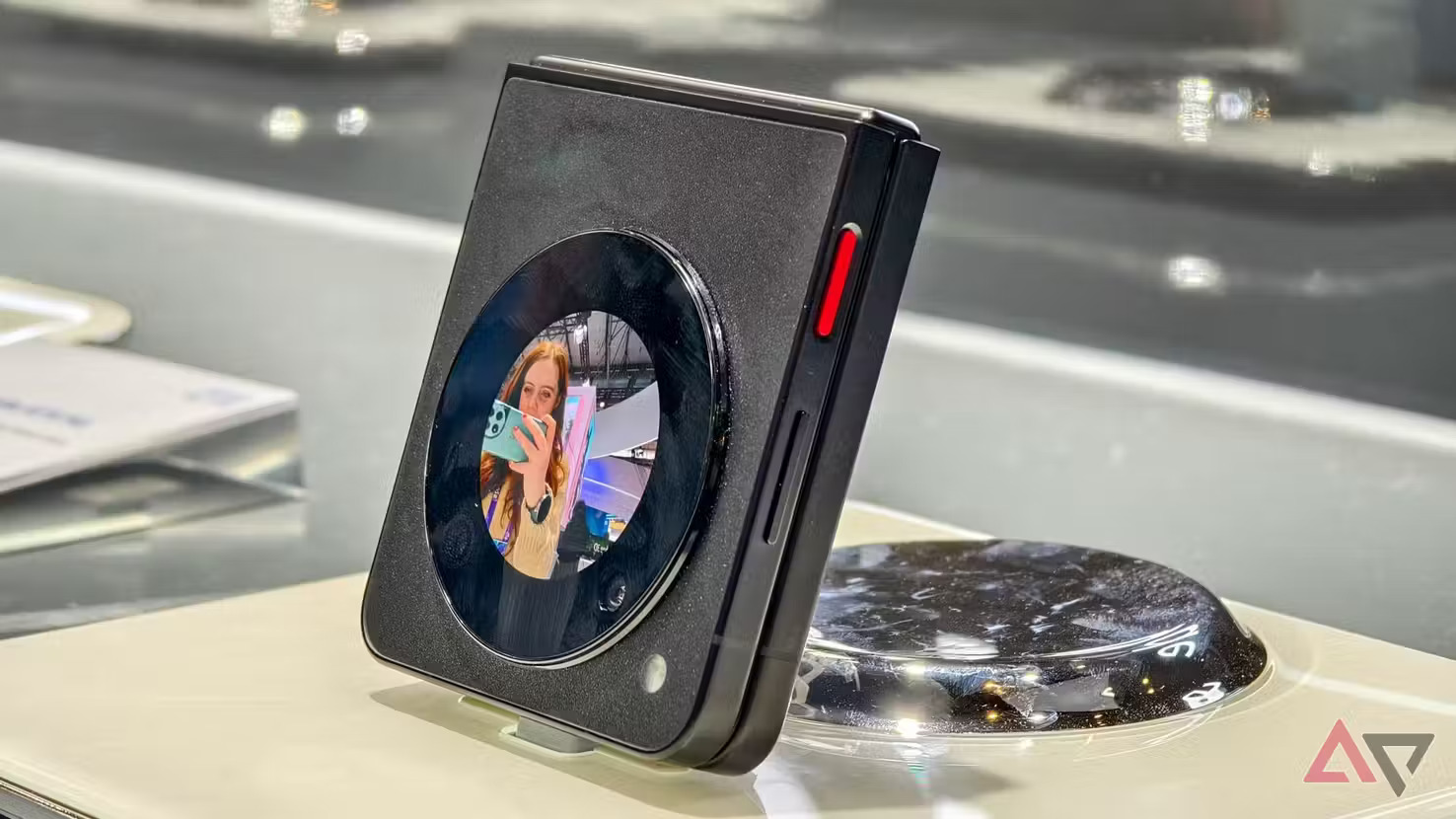
Nubia Flip 5G: A Mid-Range Phone with a Foldable Display
Mid-Range Phones Are Actually Exciting
Instead of focusing solely on the top-tier models, let’s look at what’s happening in the mid-range segment of the smartphone market, where innovation and excitement are taking off. These devices are no longer just weaker versions of the “lead” models; they’ve become a separate entity.
The focus of smartphone innovation is happening here. We’re seeing foldable phones like the Nubia Flip 5G and Motorola Razr, while OnePlus offers powerful yet affordable devices with impressive camera capabilities like the OnePlus 12R. Nothing Phone 2 pushes the boundaries of design, and even the Google Pixel 8a is a fun device to use and look at.
The software is equally impressive. OnePlus brings a sleek and responsive flagship-level Android experience to its mid-range 12R.
Ironically, though, we often can’t buy these mid-range gems.
Samsung and Apple have gained market dominance in developed economies through a combination of early releases, clever marketing, and numerous undisclosed deals with major retailers and carriers.
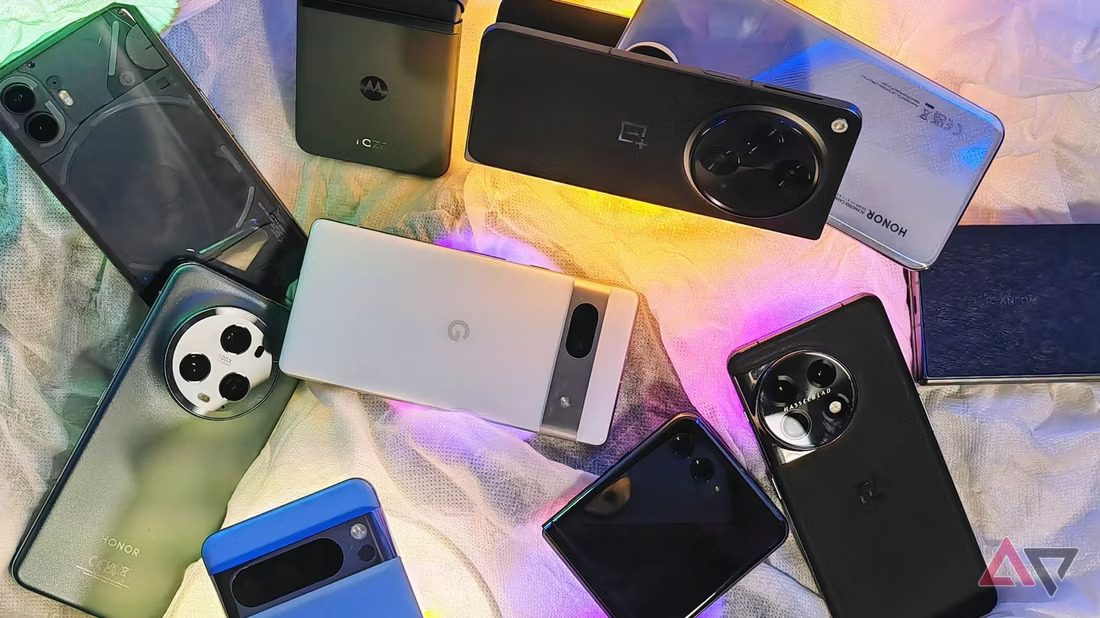
They squeeze out lower-tier competitors this way. Lesser-known brands don’t get shelf space and aren’t promoted properly.
However, the world is changing. The smartphone market in developing countries is growing, and people are increasingly opting for affordable phones.
This mid-range segment is expected to grow to a whopping $5 trillion by 2025, while smartphone sales in developed markets remain stagnant.
Agile and innovative Android OEMs in this space can give consumers what they want, delivering freshness in China, India, and Africa.
The mid-range market’s revival proves that Android is not just an operating system but a platform that encourages competition and innovation.
These mid-range devices are no longer just cheap phones for low-income earners; they represent the future of Android.
Sometimes, the issue isn’t solely about price. Many people are willing to spend money on fantastic and innovative devices if they’re worth it.
But the premium market isn’t delivering what users want, despite charging thousands of dollars for a device. Minor upgrades, outdated designs, and boring AI gimmicks do not justify the hefty price tags.
Huawei’s ‘monument’ returns: The center of the chip dream, 100 million smartphones soon to be produced.
Huawei, hailed as China’s “secret weapon,” is known for its cutting-edge technology and innovation. With its strong presence in the global market, Huawei has established itself as a leader in the telecommunications industry. Renowned for its high-quality products and services, Huawei has become a force to be reckoned with. Its relentless pursuit of excellence and commitment to customer satisfaction have propelled it to great heights. As a result, Huawei has earned a reputation for being a game-changer in the tech world. With its advanced products and strategic partnerships, Huawei continues to revolutionize the industry, pushing the boundaries of what is possible. As the world becomes increasingly digitalized, Huawei remains at the forefront, shaping the future of technology.
Impressive Growth in Vietnam’s Export Goods
One of the factors contributing to Vietnam’s strong growth in January is the nearly 60% increase in exports of computers and electronic products compared to the same period last year.
The highest increase in tourism revenue in the country is in Hanoi.
The tourism revenue for the month of February is estimated to reach 9,000 billion VND, accounting for 0.9% of the total amount and increasing by 35.8% compared to the same period last year. Hà Nam has experienced the strongest growth in revenue at 88%, followed by Đà Nẵng with a growth of 86.3%, Hà Nội with a growth of 49.8%, and TPHCM with a growth of 23%.

